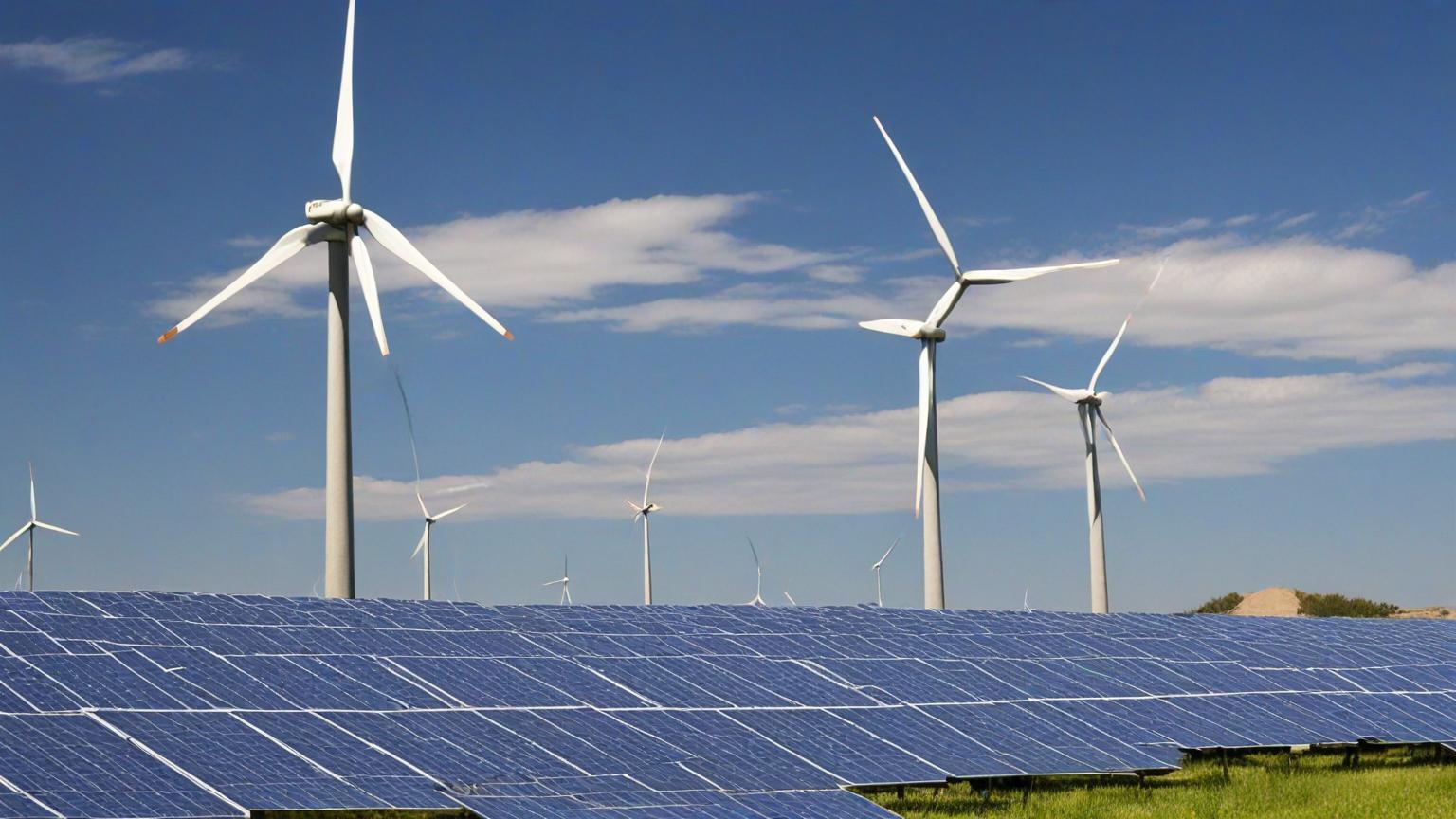The ever-evolving narrative of global energy sources is akin to a high-stakes chess game, with forces of geopolitics, technology, and climate urgency setting the stage. In the wake of intensifying climate change and the global push towards cleaner energy paradigms, an interesting duel emerges: renewable energy vs. nuclear power. Each has its proponents and detractors, and the debate surrounding their potential dominance is as intriguing as it is complex.
Today, renewable energy sources like solar, wind, and hydroelectric have stolen much of the spotlight, advancing with impressive speed. The International Energy Agency reports that solar power, in particular, has witnessed astonishing cost reductions and widespread adoption. Germany's Energiewende (energy transition) has been a banner for renewable integration, despite its hurdles. Likewise, the US has seen wind farms sprout across its Plains and solar panels blanket states from California to the Carolinas. Yet, alongside this optimistic rise, challenges persist—chief among them, storage solutions for intermitency and long-term sustainability.
In parallel, nuclear power quietly maintains its position as a controversial yet vital player. In France, a country that obtains nearly 70% of its electricity from nuclear reactors, this energy form has long been associated with energy security and low carbon emissions. While concerns about nuclear disasters and waste loom large, innovative nations are exploring new-age solutions like small modular reactors (SMRs) to mitigate these risks. Bill Gates' Terrestrial Energy's foray into advanced nuclear technology demonstrates a burgeoning interest in fossil fuel alternatives that do not rely solely on the fickleness of weather patterns.
However, the nuclear sector must contend with significant hurdles. Public opinion sways heavily against nuclear power following incidents like Chernobyl and Fukushima, and the skyrocketing costs of new reactors tend to result in pushing investors towards less expensive renewables. Yet, proponents contend that nuclear energy's consistent output, minimal land footprint, and potential advancements can offer reliable baseload power that renewables, with current technology, struggle to match.
This standoff is further complicated as the sportsbooks of geopolitics shift. As nations vie for energy independence, Russia and China's investments in global nuclear affairs intrigue policy analysts. Notably, Russia's Rosatom, a key player, has expanded its nuclear projects across countless developing nations. Meanwhile, the United States faces decisions to bolster its fledgling domestic nuclear market or risk watching its geopolitical influence wane in a growing global landscape.
Interestingly, analysts are considering hybrid approaches that blend the strengths of each technology. An ecosystem where renewables provide the bulk of power and nuclear fills the gap when sun and wind fall short could integrate the best of both worlds. Startups and legacy industries alike are tinkering with strategies to balance these competing priorities, and storage technologies such as battery developments, hydrogen fuel, and green ammonia are accelerating faster than ever.
In conclusion, the future of energy is at a pivotal crossroad, exploring the delicate ballet of innovation, regulation, and public sentiment. This isn't merely an environmental issue but spans economic, strategic, and cultural terrains. The face-off between renewable energy and nuclear power prompts a larger conversation about the trajectories we choose for powering the planet. Ultimately, whether it's renewables outpacing nuclear, or vice versa, will be determined by informed decisions, breakthroughs in technology, and the narratives nations write over the coming decades.
A new age of renewable vs nuclear: Who will lead the energy pack?

